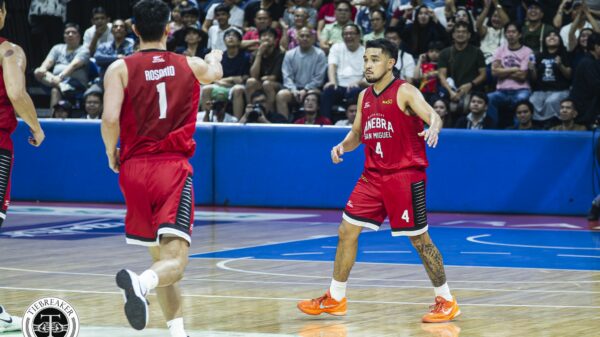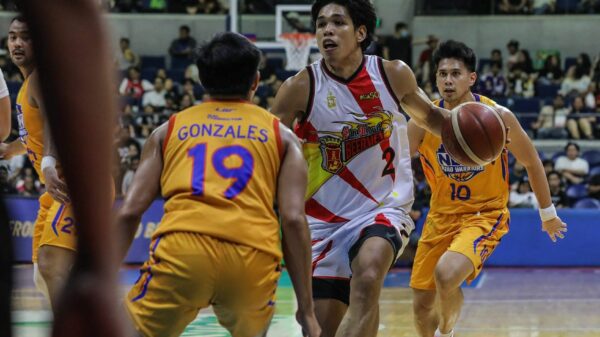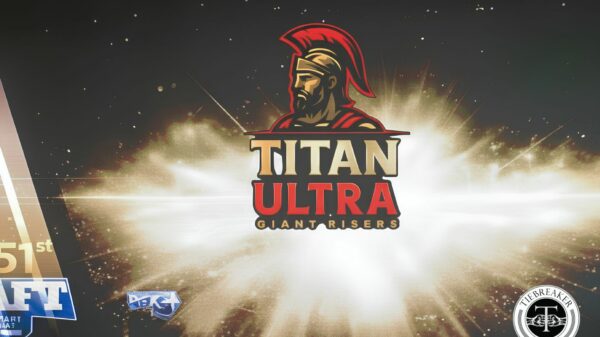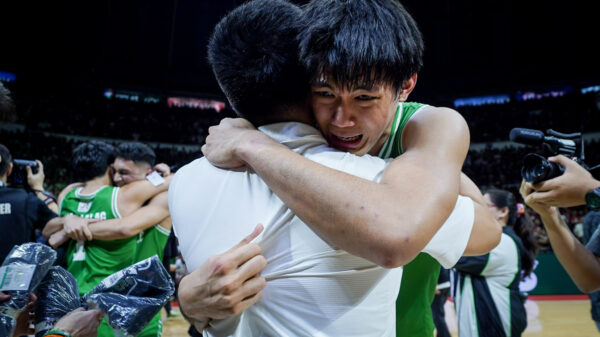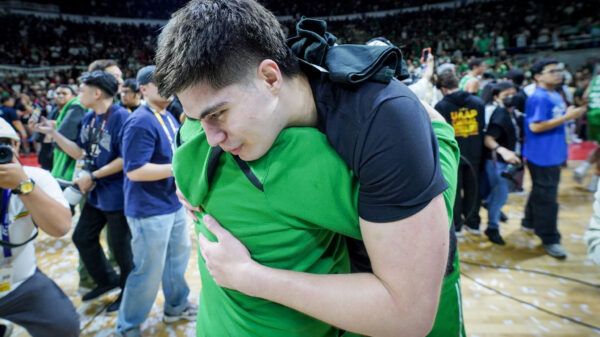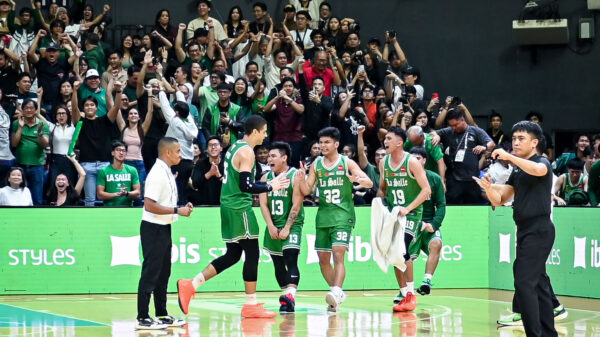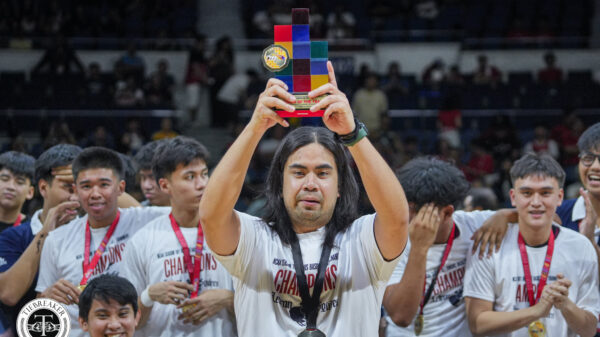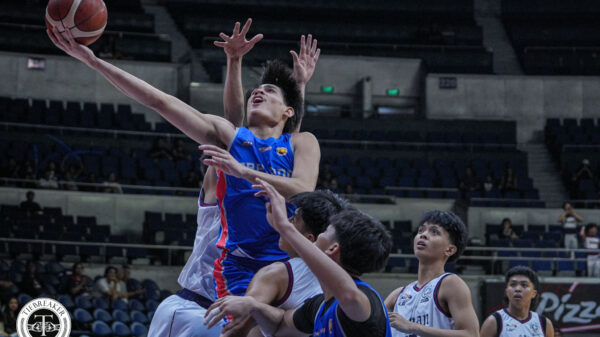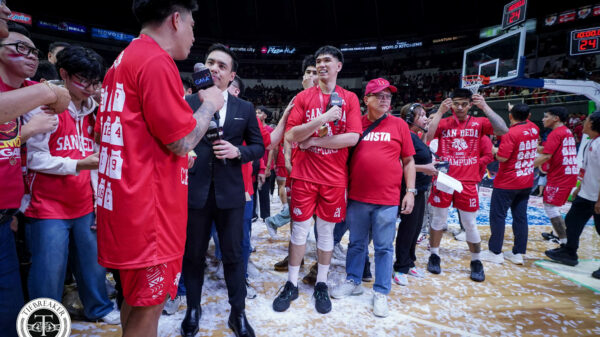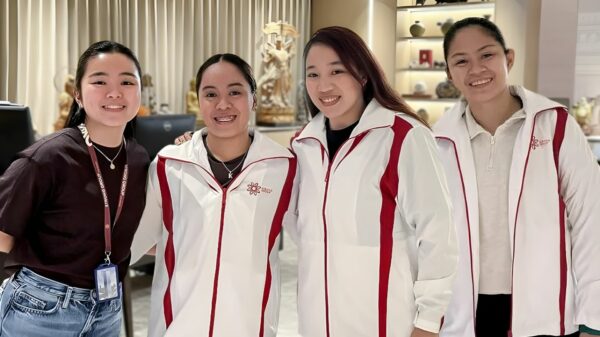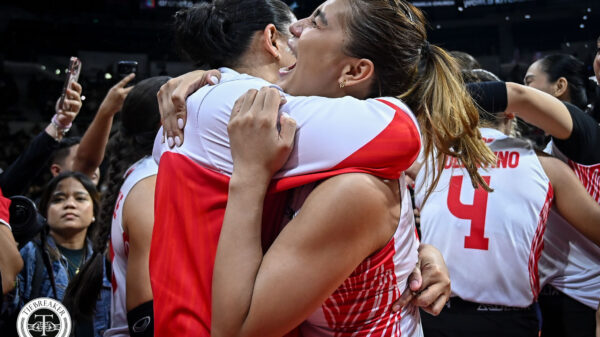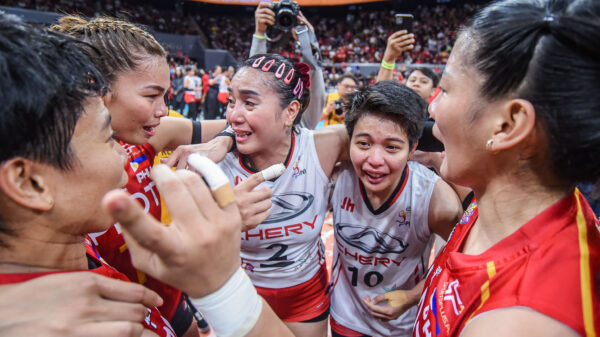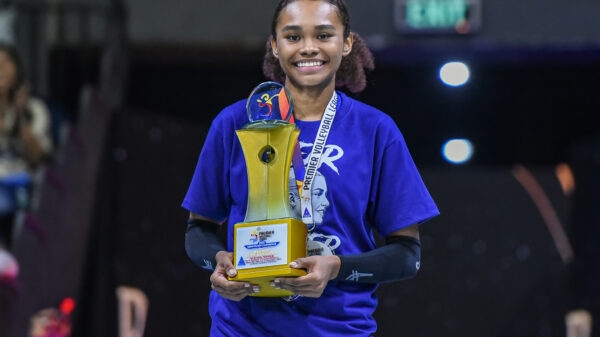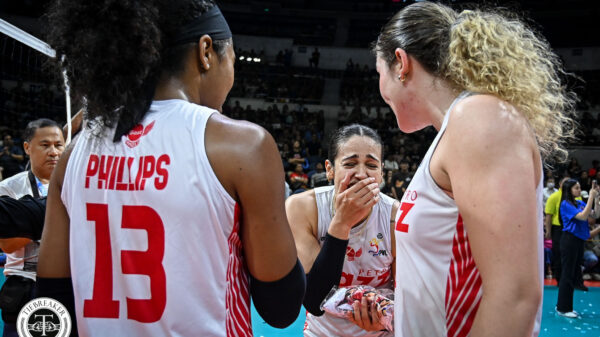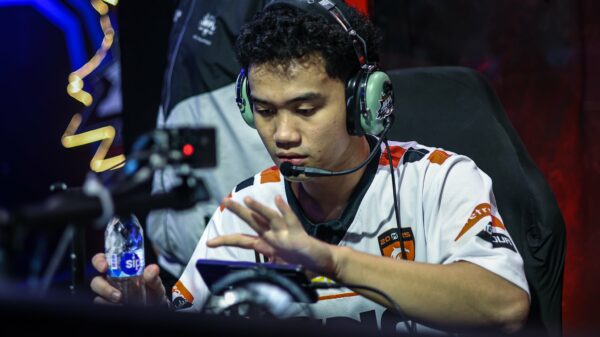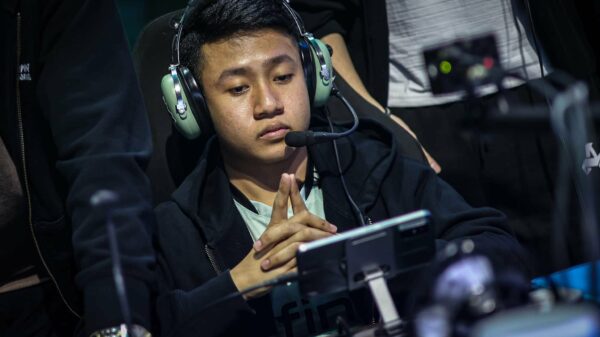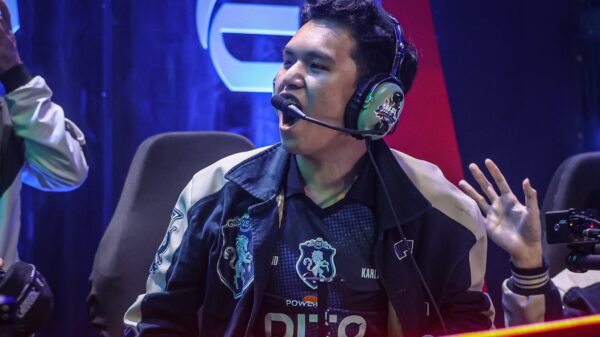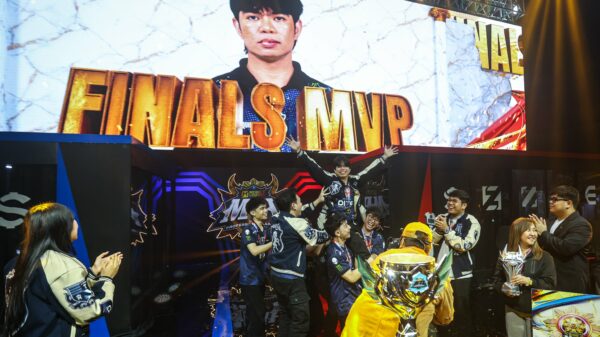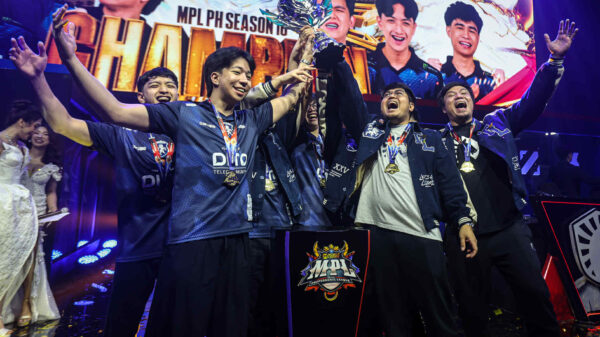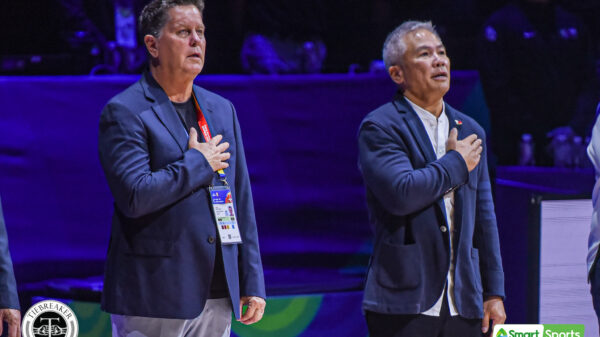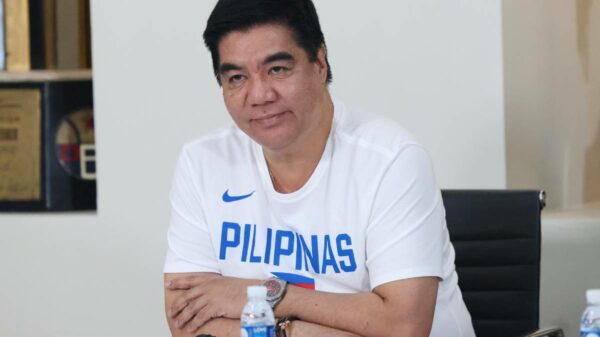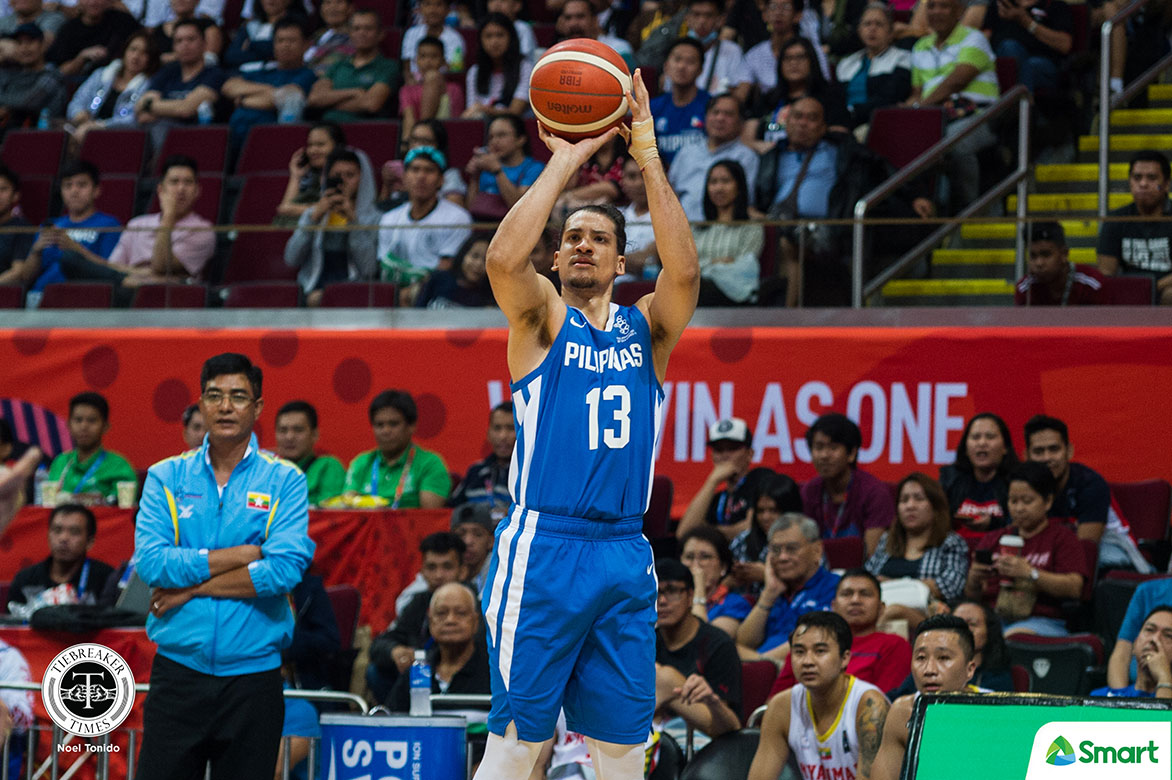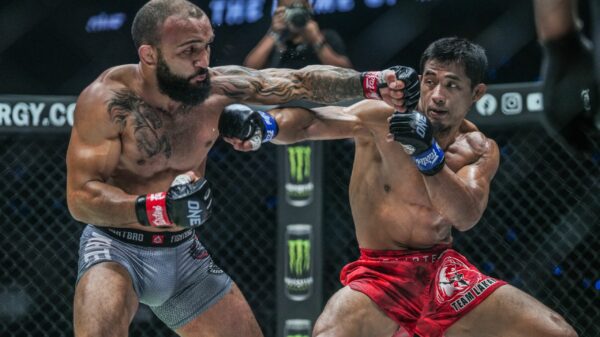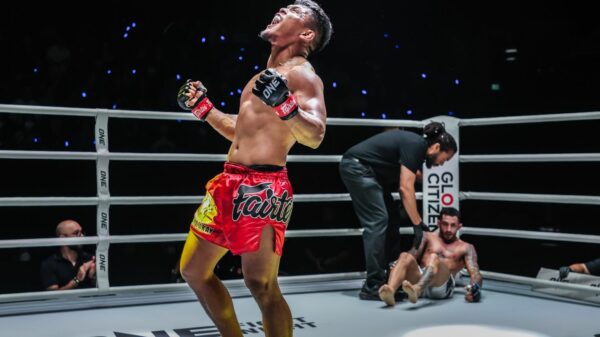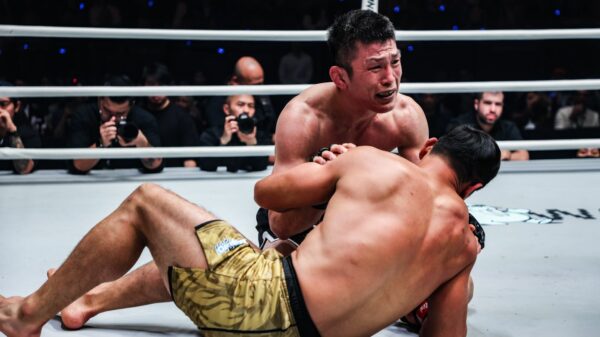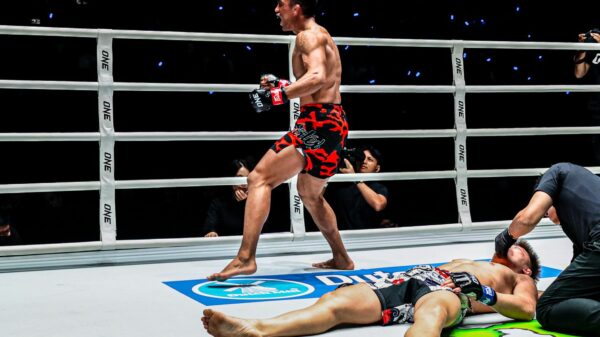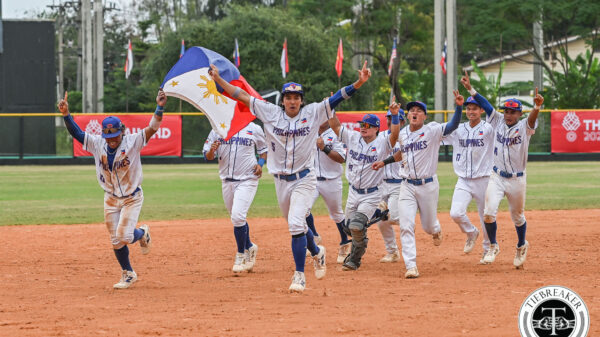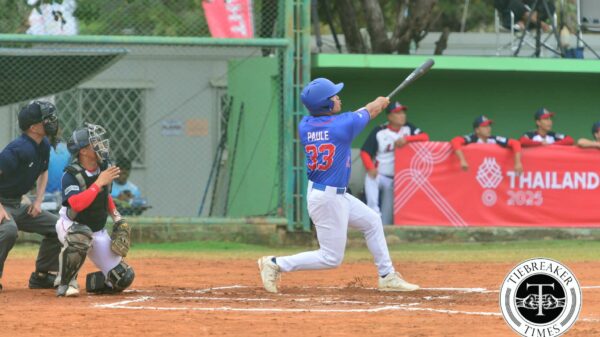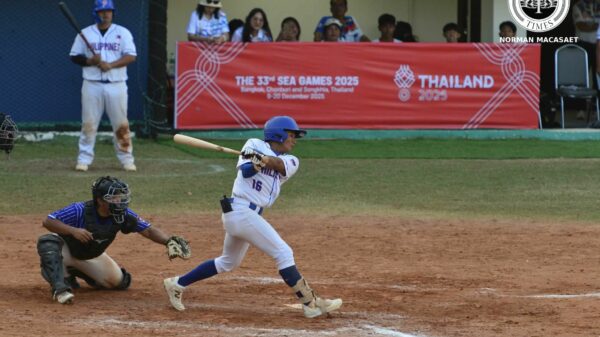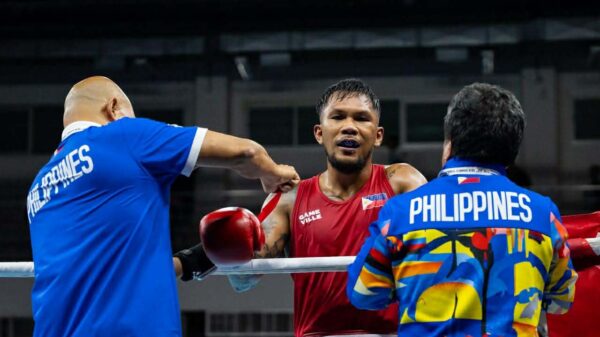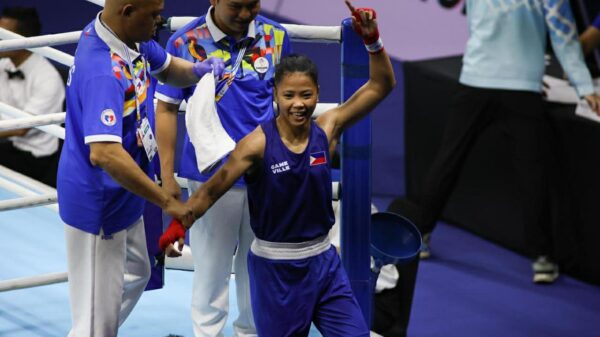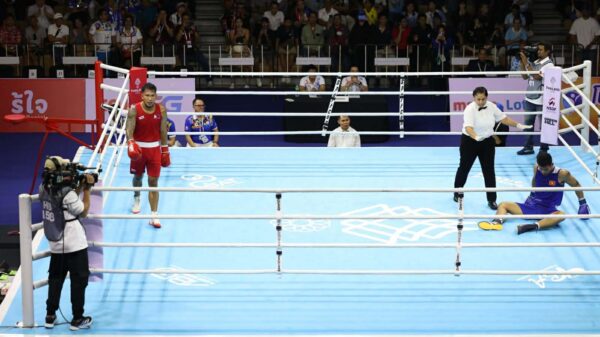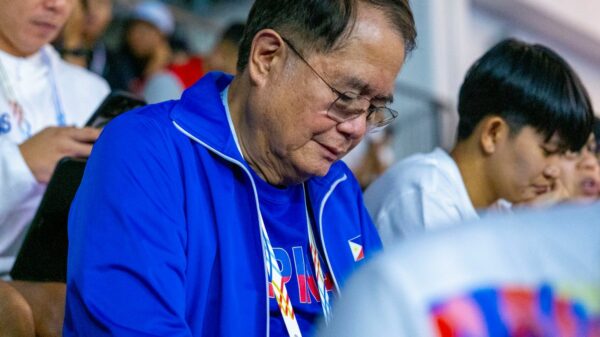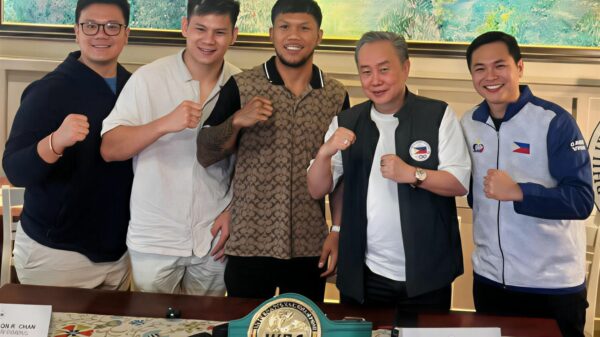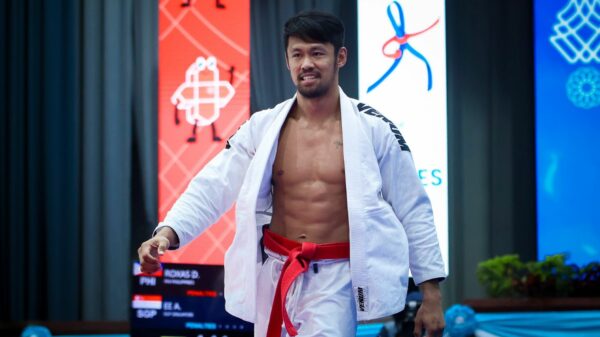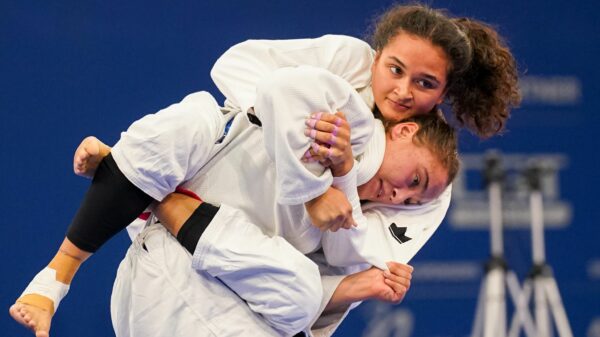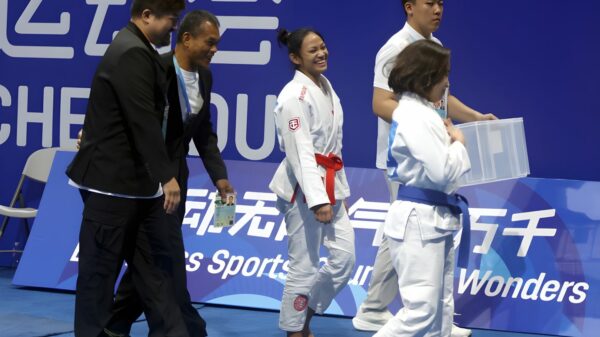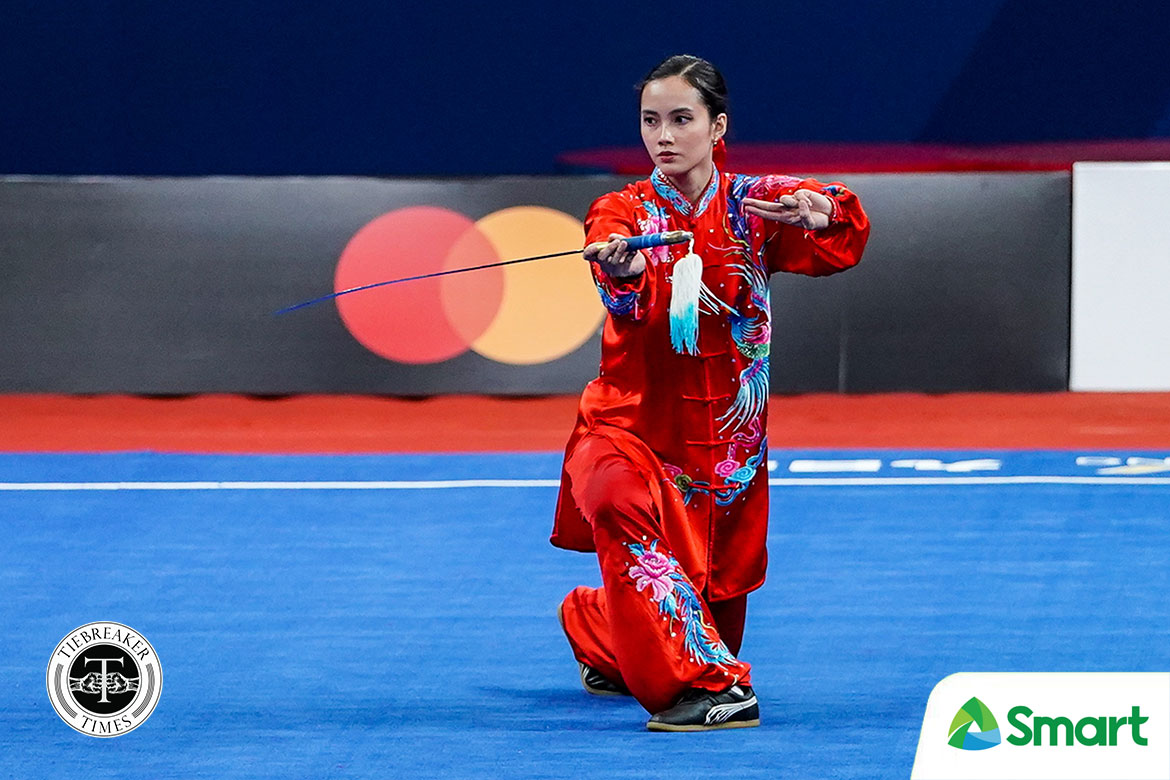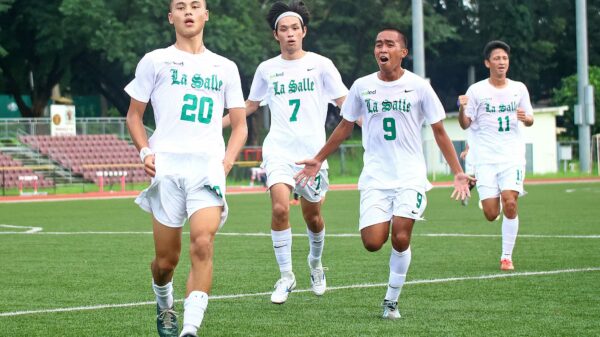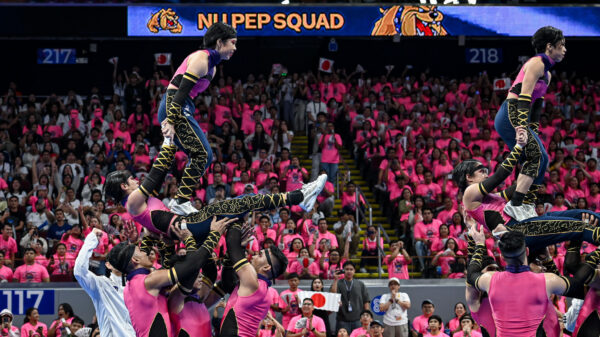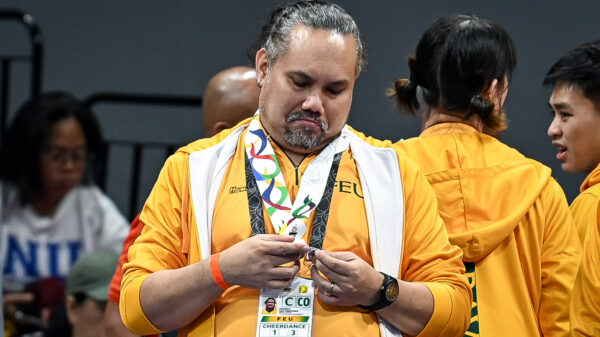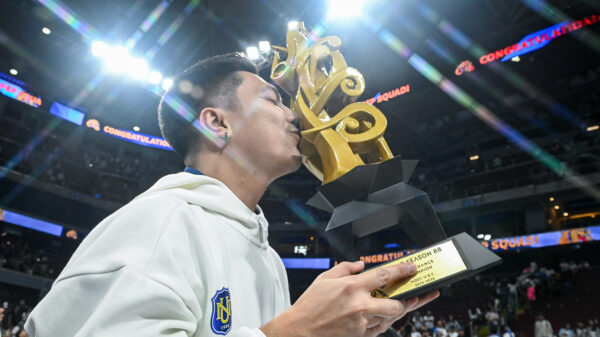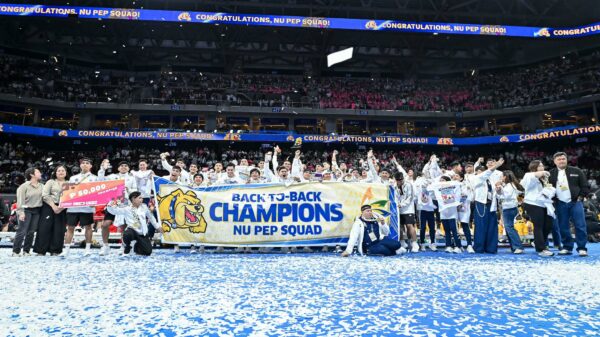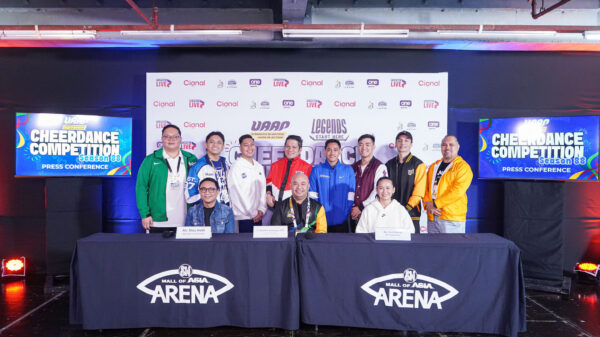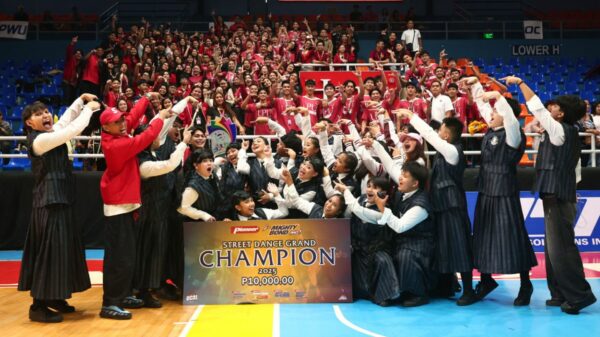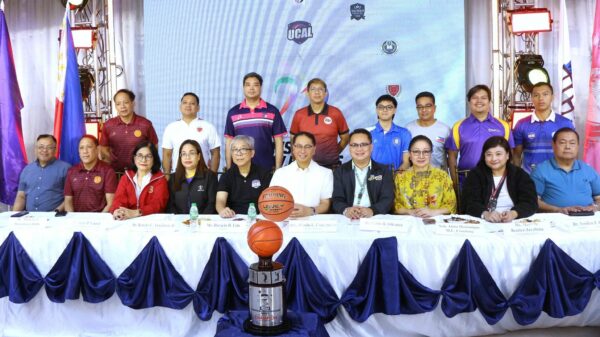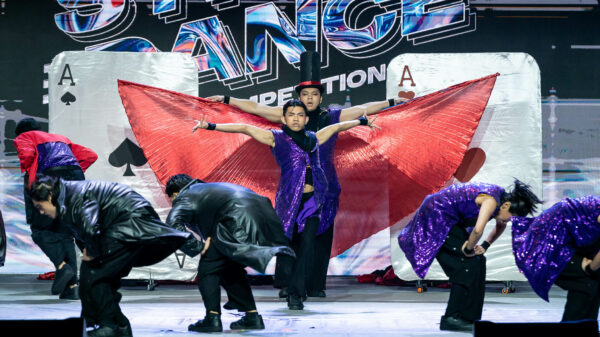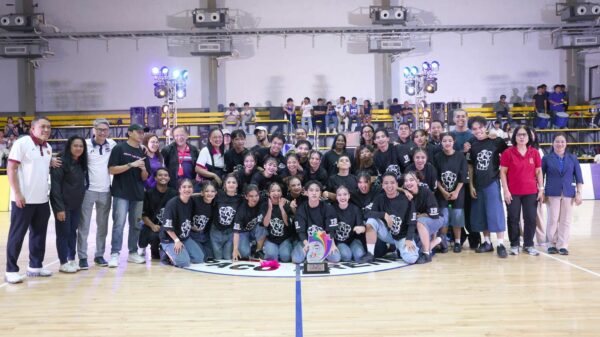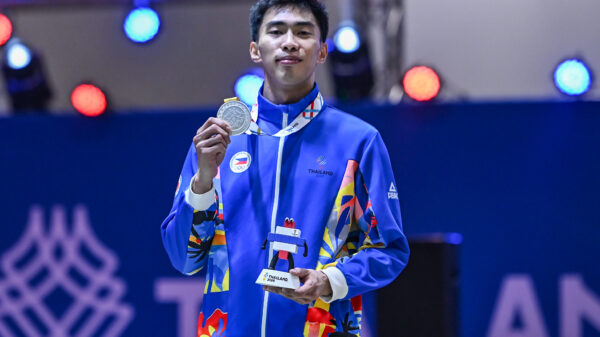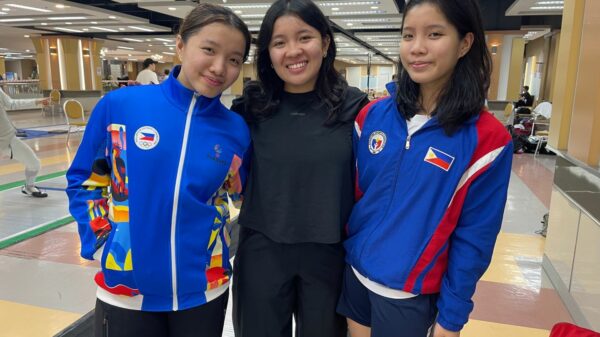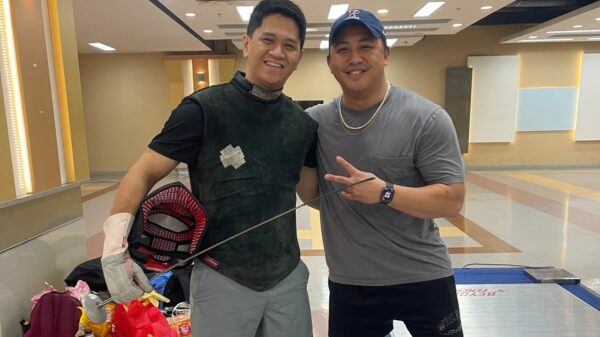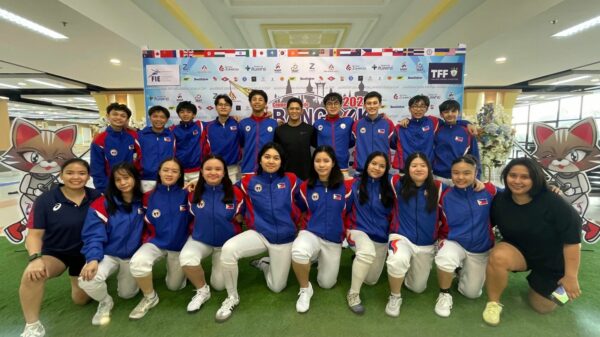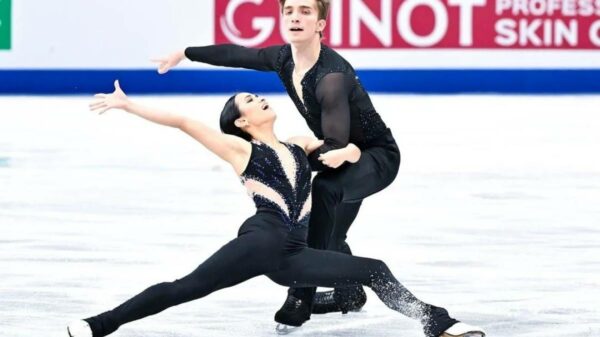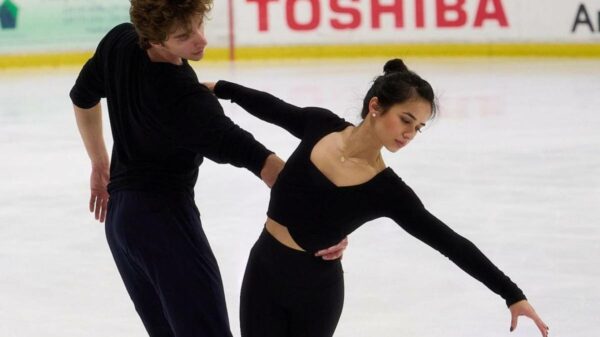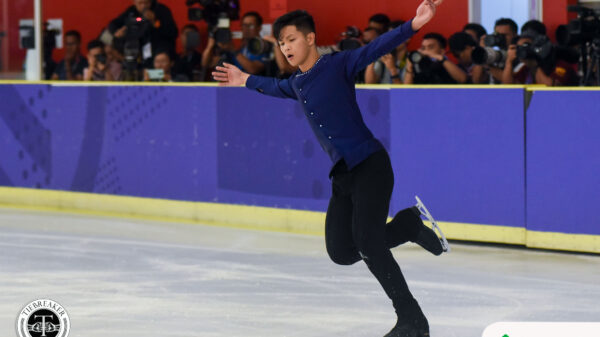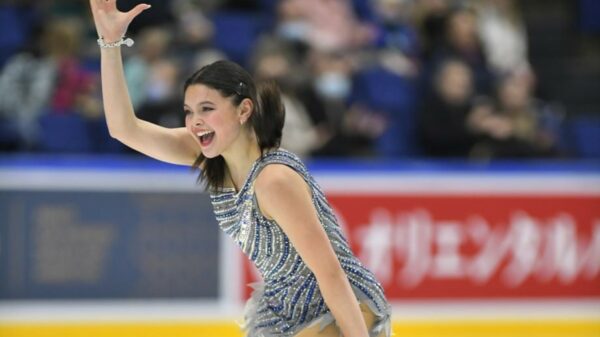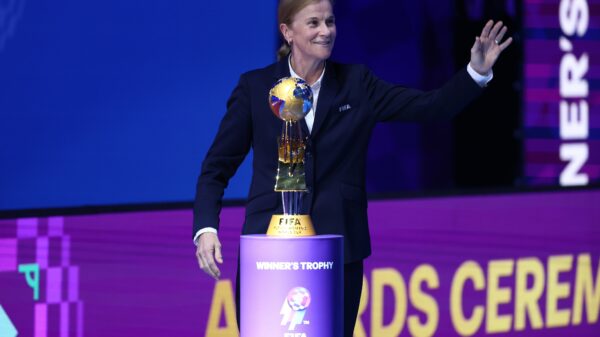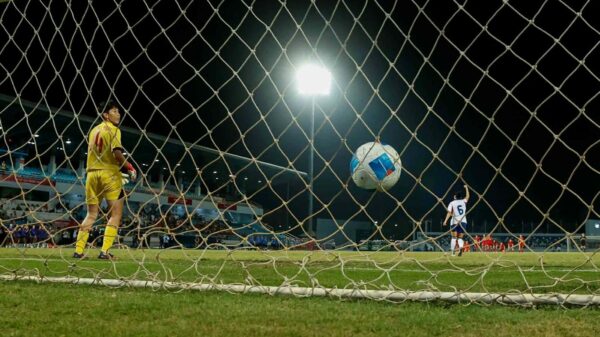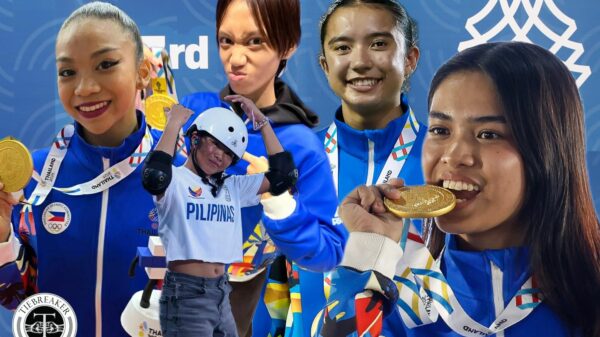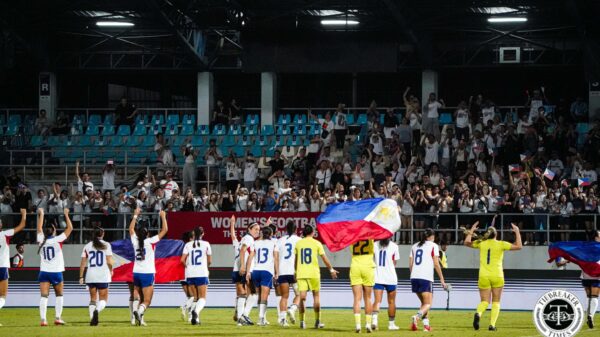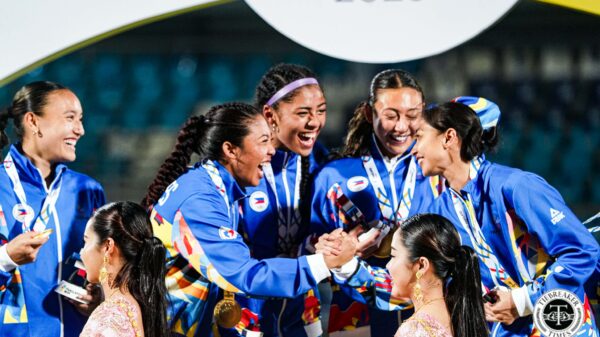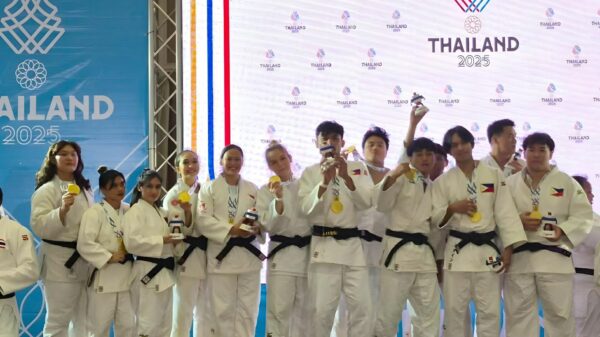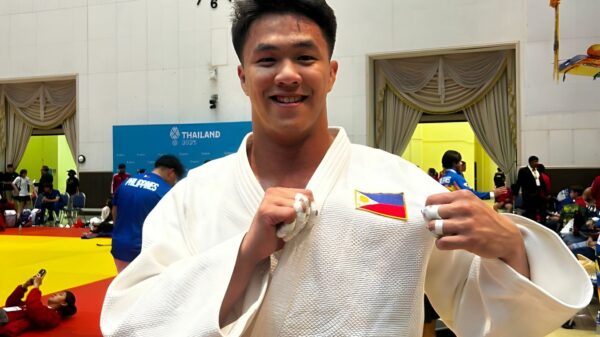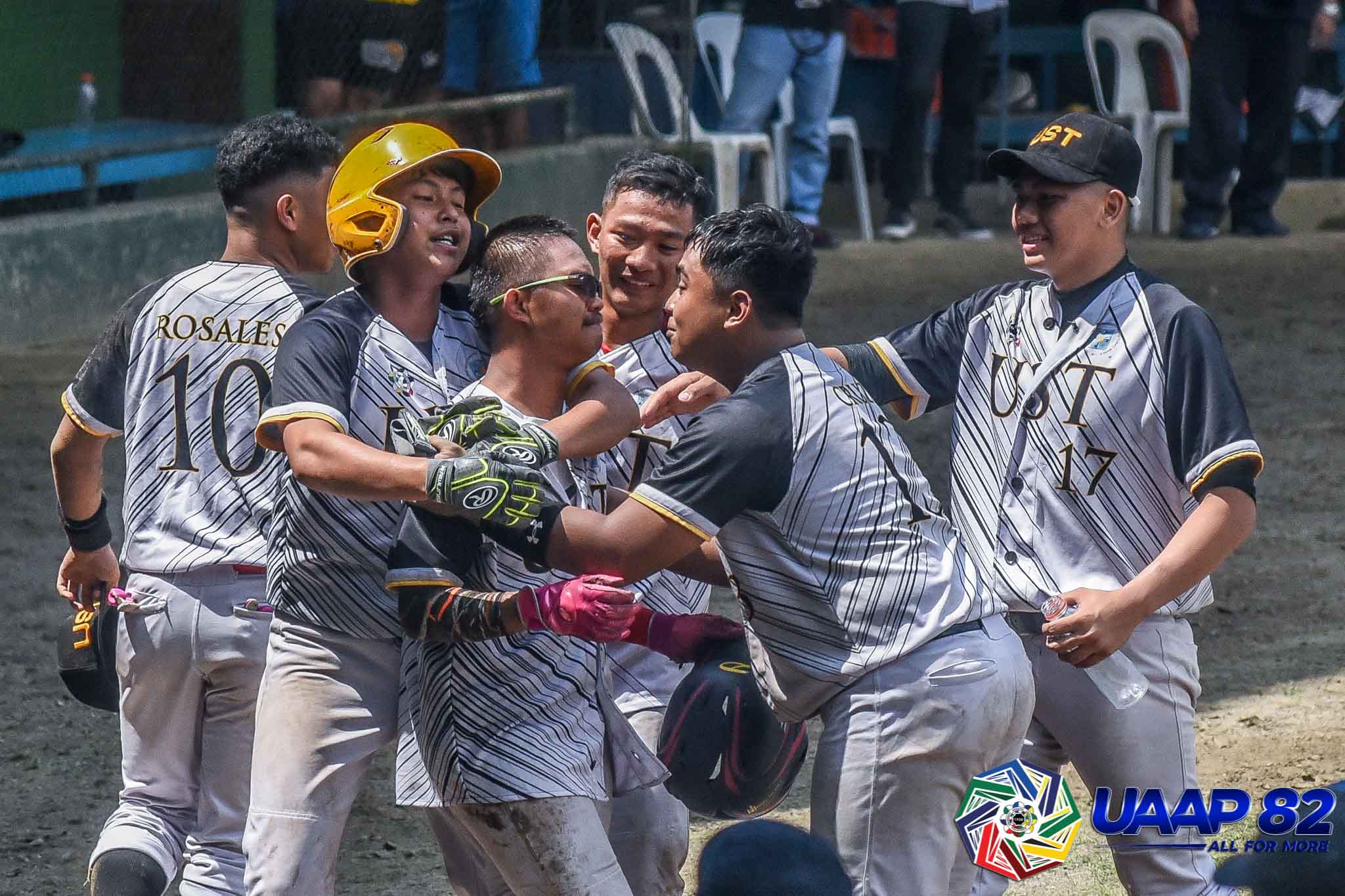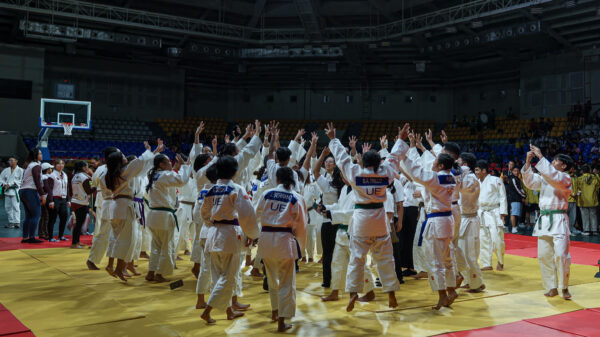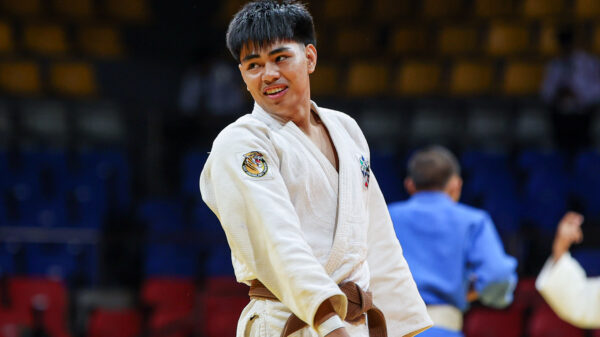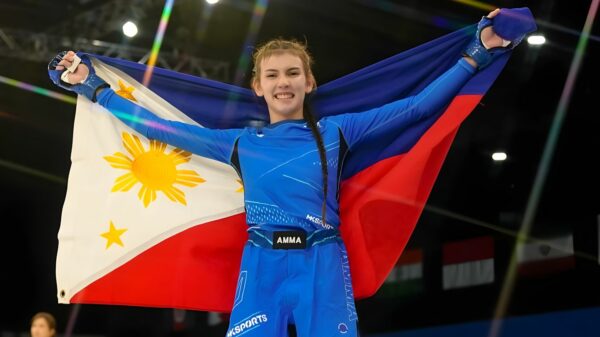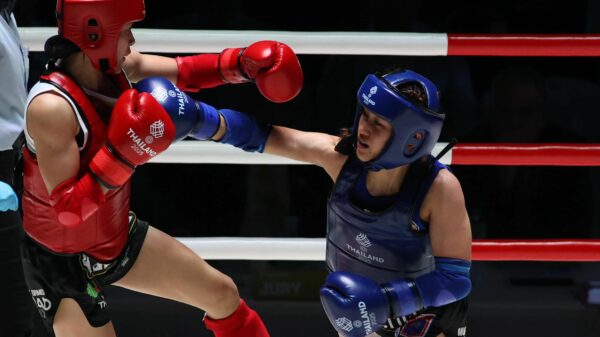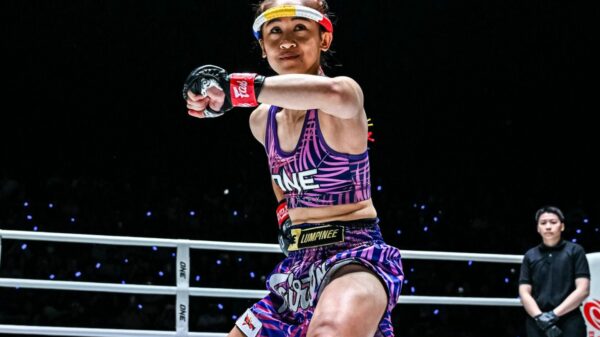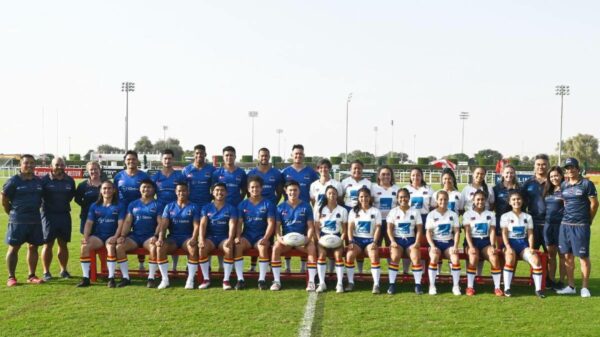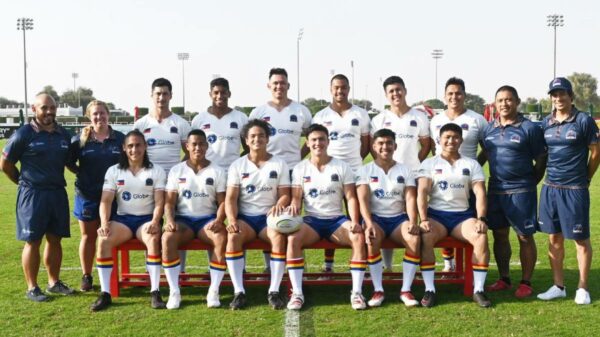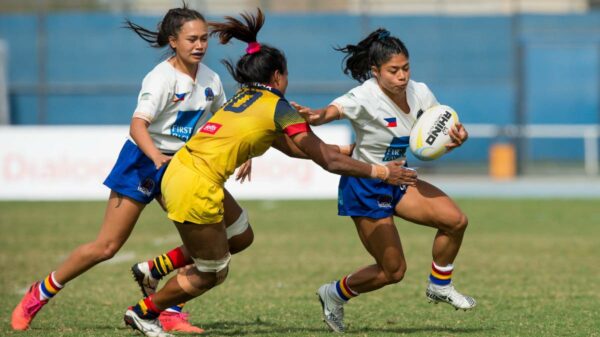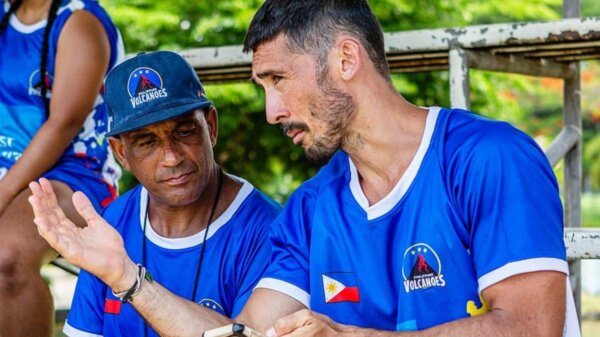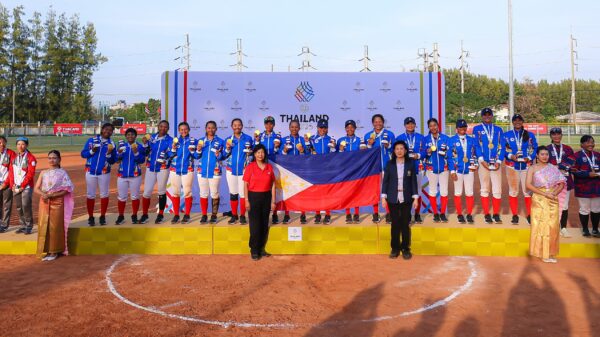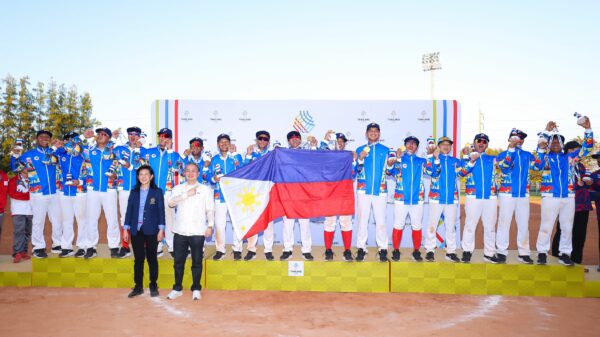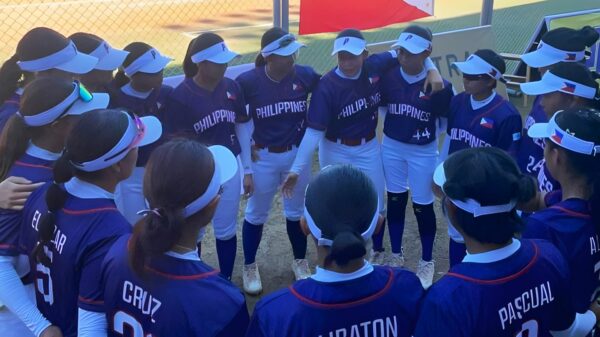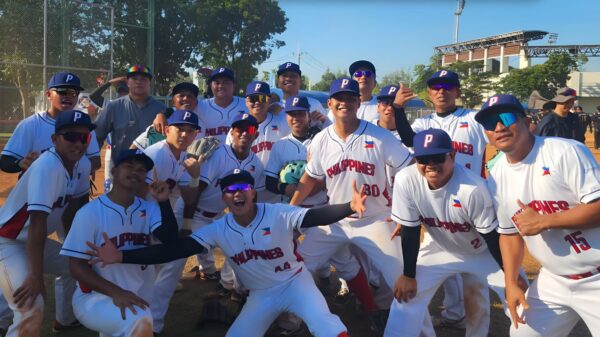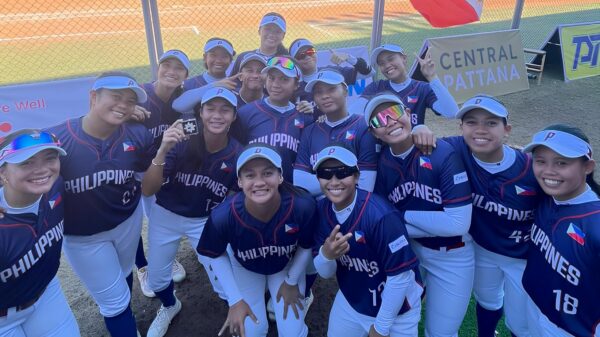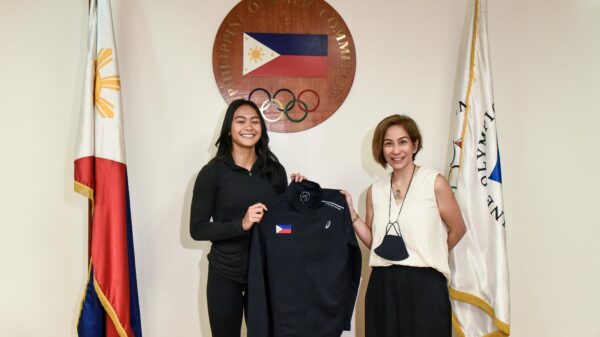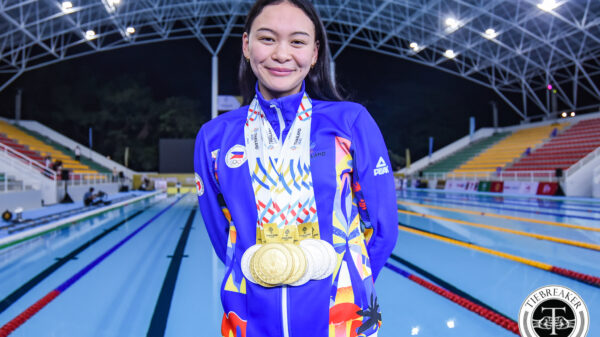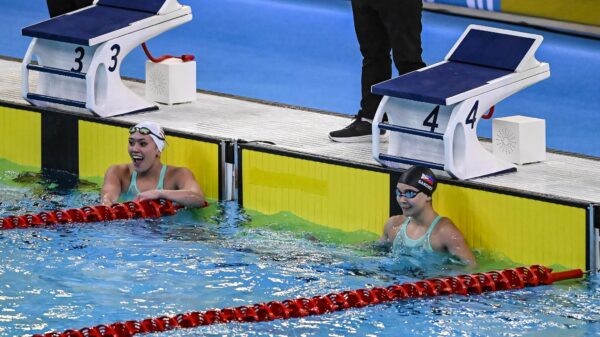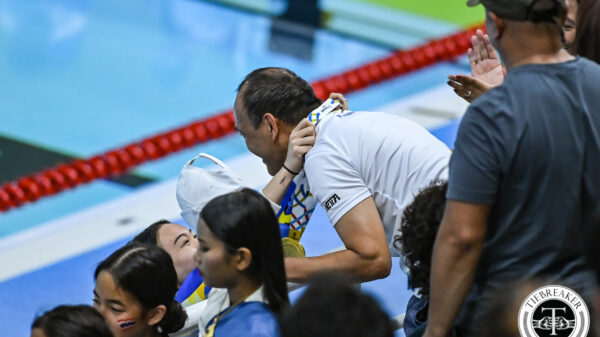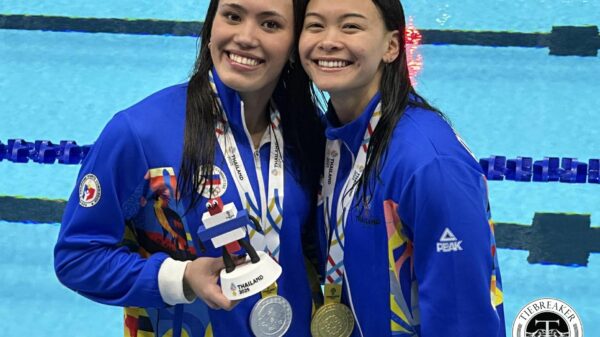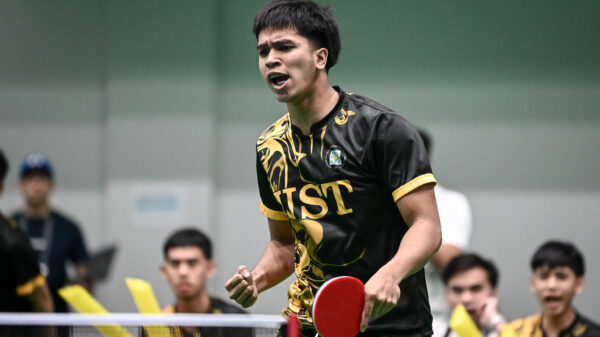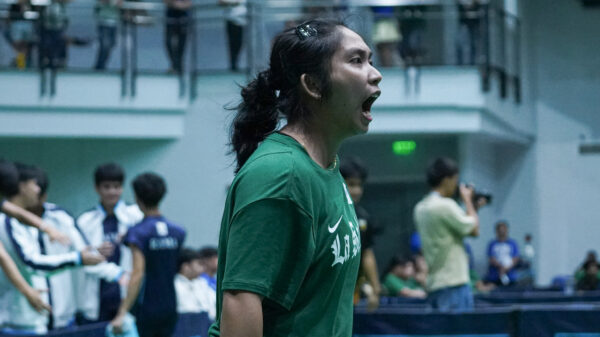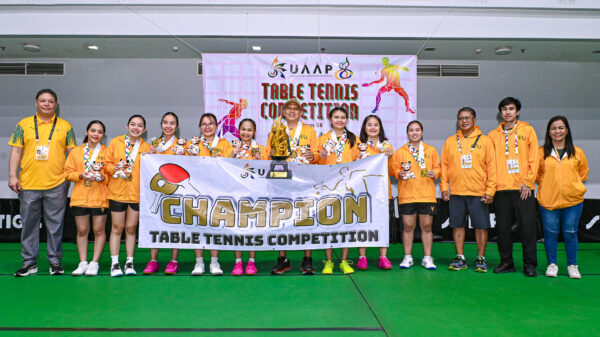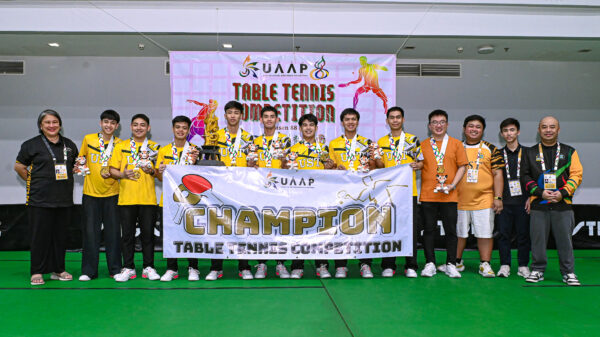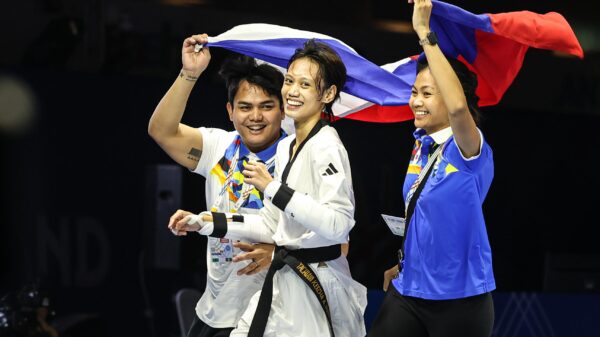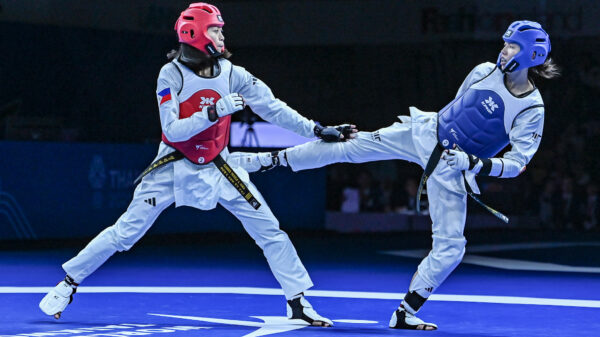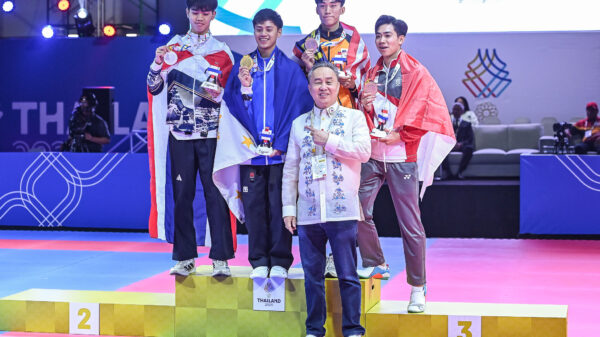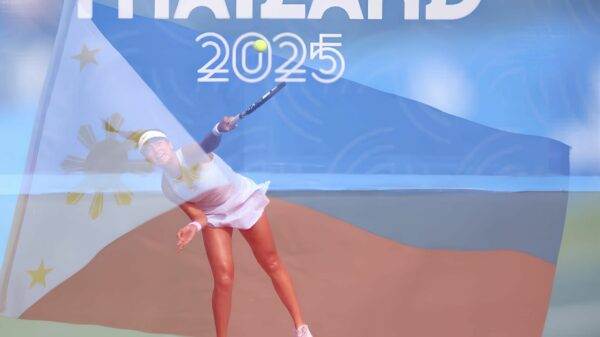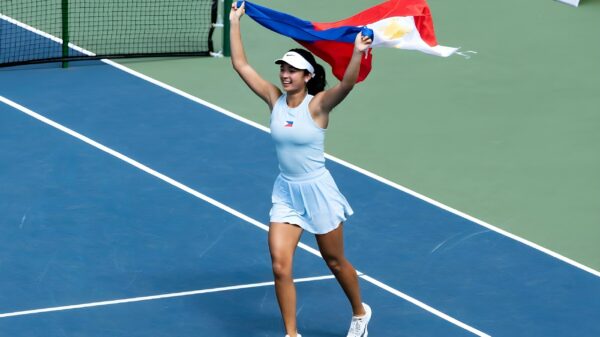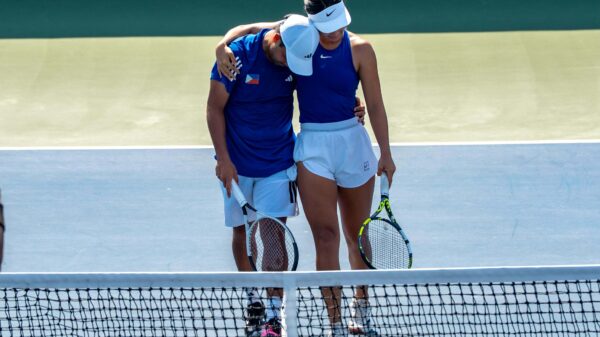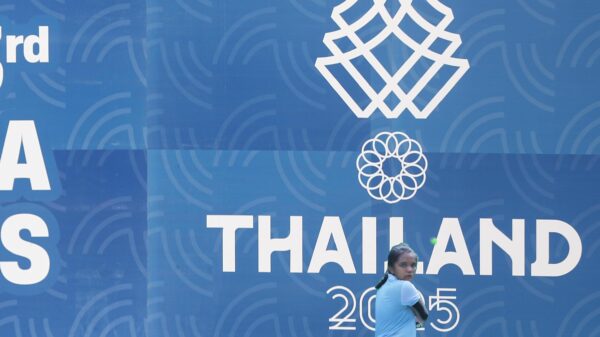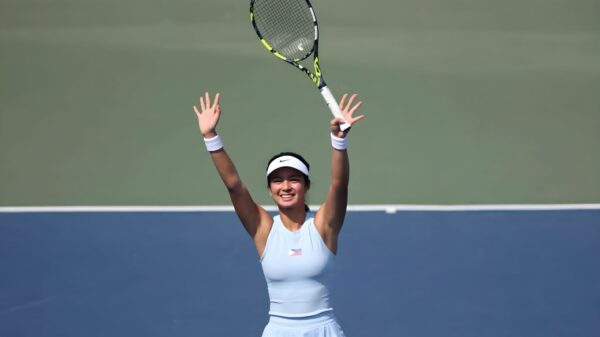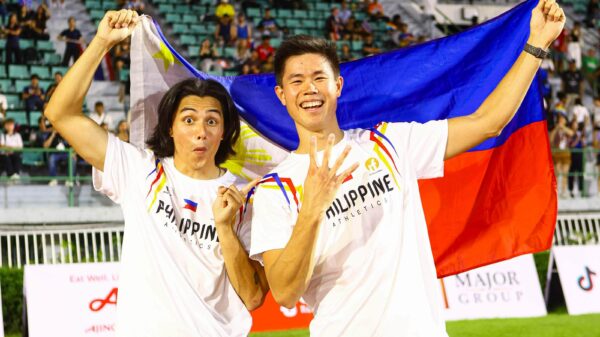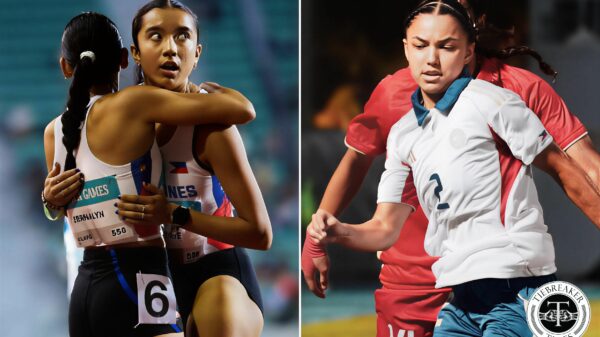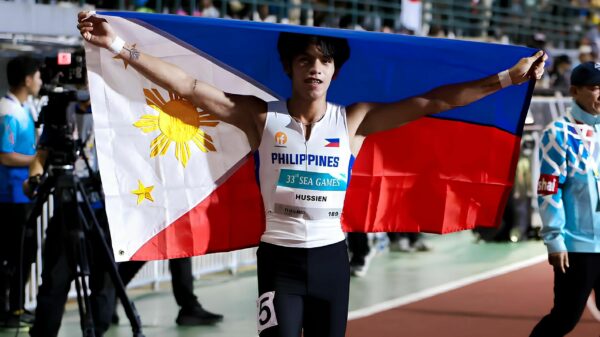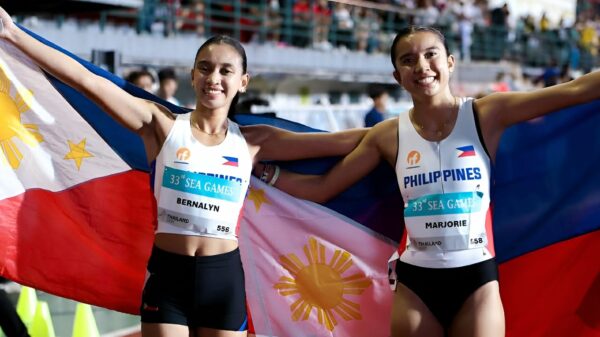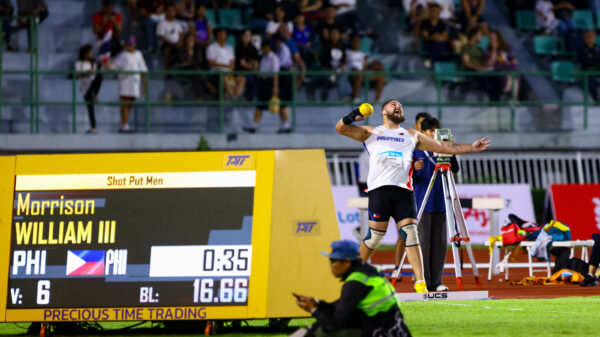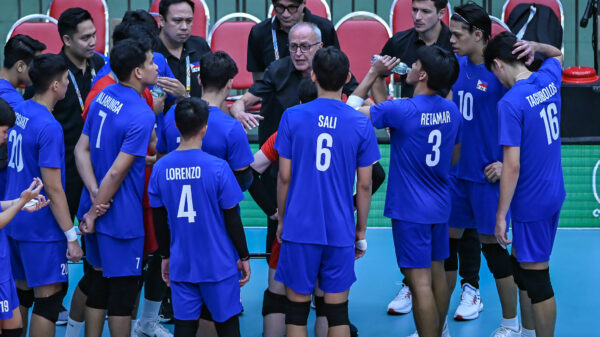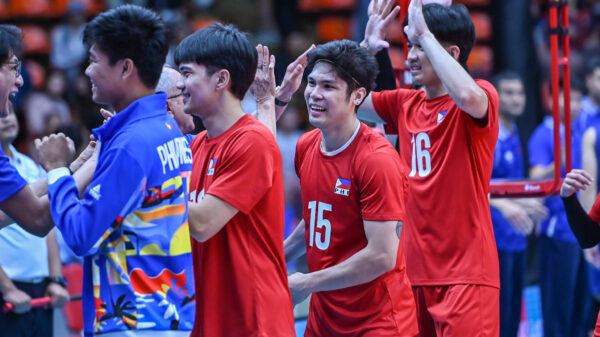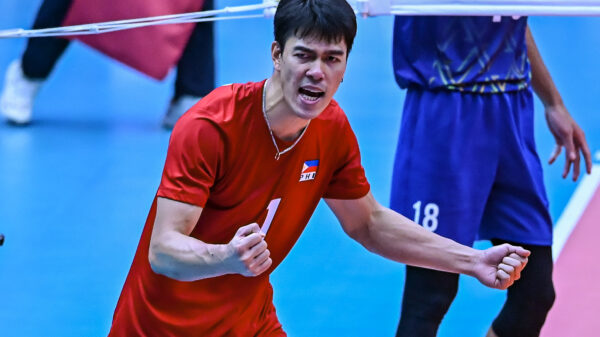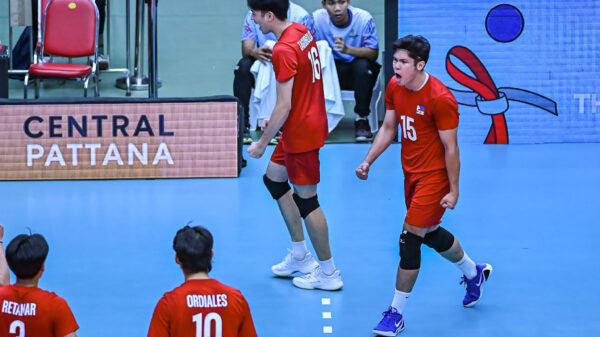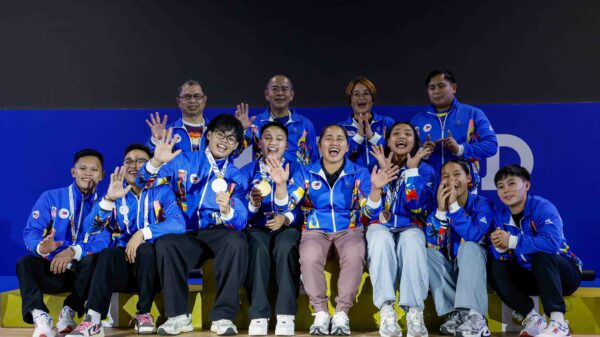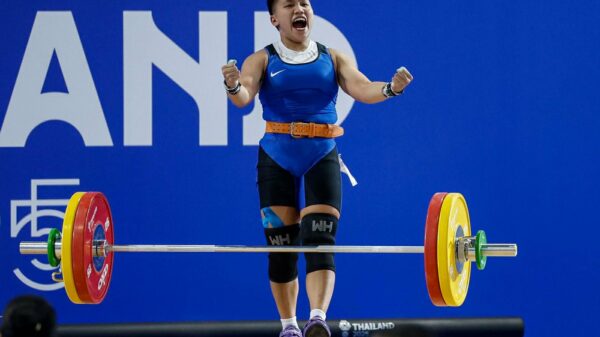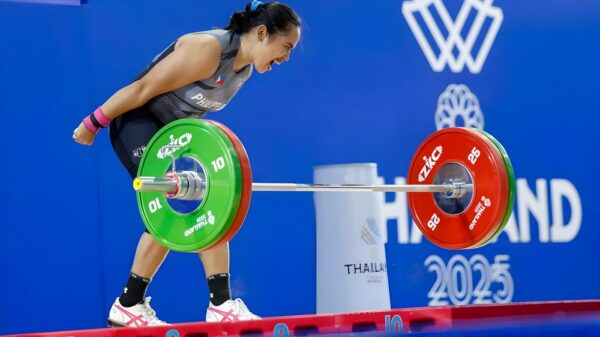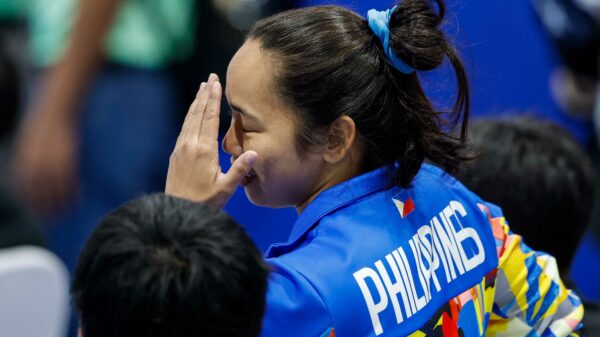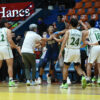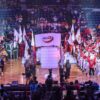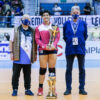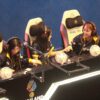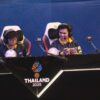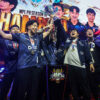Another year, another Cheerdance Competition.
Last Sunday, we were treated to the high-flying moves of the different pep squads of the UAAP. There were back flips, somersaults, arguably some back-bending contortionism, and of course some women who lifted up men like it was no big deal. The cheerdance competition is the time of the year where the usual faces on the sidelines become not the half-time show but the stars of the show themselves.
As an onlooker, you couldn’t help but marvel at both the grace and strength of the cheerdancers as they entertained and performed their hearts out for what else but their alma mater. Nevermind that your viewing experience was interrupted by the many—and I do mean many—advertisements on TV. Or if you were among the lucky few who were able to watch the comeptition live, your wait to the tensely anticipated results were interrupted by many of the sponsors’ games and gimmicks. This is all well and good, I should say, as sponsorships play a big role in financing teams who would otherwise have to rely on school funding that may in turn be lacking. Viewership also never hurts because at the heart of the spectacle of performance is performing in front of an audience.
All of these things are good things but it’s not good enough. Cheerdance is not a sport.
Ambiguous UAAP Status
Cheerdance is not a sport at least according to the official list of the sports in the UAAP. The country’s premiere collegiate competition lists 15 official sports, among them: basketball, badminton, beach volleyball, taekwondo, table tennis, judo, swimming, volleyball, football, softball, track and field, fencing, baseball, tennis and chess. All of these sports contribute points to the pursuit of gaining the over-all UAAP championship. Cheerdance is the notable exception.
While the cheerdance competition is among the most watched and most anticipated events of the schoolyear, the squads who finish at the podium do not add to the official UAAP tally. They do not count, at least officially, as varsity athletes.
But you really only had to look at the chiseled arms, rock-hard abs of the different competitors who showcased their talents last Sunday. Who among us can do back flips, handstands, or even the basic cartwheel? Even among varsity female athletes pull-ups are hard to come by. It is the rare female, athlete or otherwise, who can proceed to perform a full pull-up. I can bet you that a significant number of UAAP female cheerleaders can pull off this feat. That we were treated to a host of complex stunts last Sunday should be a testament to the mettle of our cheerleaders as athletes. That they also performed these complex stunts with a smile should further appeal to your admiration.
The Sport and Spectacle of the Cheerdance Competition
In other sports, competitors are tasked with completing any number of tasks. Whether you’re dribbling, shooting, or rebounding, your task is to do all these to the best of your abilities against the other team or individual who is out to do the same. If I should quote the tagline of Survivor, outwit, outplay, outlast your opponent—that is the name of the game. Often times you are face-to-face against your competitor, probably grimacing in pain or panting out of exhaustion while you are appealing to the referee for a call or a violation (in your favor, of course). This is not the case in cheerdance.
The Cheerdance Competition, as we have all seen, involves a performance where the goal is to pump up the audience and wow the judges. The different squads last Sunday were evaluated based on a criteria of cheerleading and dance. There was a tumbling judge, a stunts judge, a pyrmids judge, and a tosses judge for the cheer portion. For the dance part, there was an eqaul number of judges who based their evaluations on choreography, technique, group execution, and over-all effectiveness. I can only begin to understand the technique and skill involved in this competition. I can only imagine how it is to be a cheerdancer in the UAAP.
Whereas tournaments and games in other sports are structured along the lines of a semester-long tournament or at least an entire weekend devoted to competition, routines in the CDC last a little over a few minutes. With just seeing the physique of the cheerdancers in competition, I imagine the numerous resistance work outs they needed to do to safely perform the stunts needed for competition. The routine itself would have taken months to conceive, polish and then perfect. While practice for any other sport means the repetition of drills, plays, general and specific movements that will prepare the athlete for the day of competition. You can only practice and prepare enough for there will be no script on game day. You can only anticipate the tactics of the opposing team, sleep well and put on your meanest face on the day of judgment. Contrast this with the preparation it takes for a cheerdance routine and you will see a difference. Cheerdance as a sport has two edges. It is participated by athletes who are tasked to pull off a perfect performance. Perfection is their burden.
Nevermind that their perfect performance has to out cheer and out dance the perfect performces of the other squads. All sport is competition, but an athlete belonging to any other field by his/herself only needs to perform complex actions, masterful to the eyes of the onlooker, but actions that need not be hidden under the facade of a smile. It is the case that we usually see our athletes in the different sports struggle. Performance artists rarely have this luxury.
Cheerdancers in the UAAP have a unique place, not only as athletes, but also as performers and then again as artists. For what is a dancer but also an artist? Dance is movement, grace, elegance, sometimes power, always art. They are all these things, and as the UP Pep Squad showed us last Sunday, they can be more.
Transition to Advocacy
Viewed from the lenses of art and society, the transition of the Pep Squad ng Bayan from performers to advocates is not new or even a surpise. It is what our art and literature teachers have been saying since grade school: read between the lines. There is always a connection. There is always something more. But it took the spectacle of a cheerdance competition to make us aware again of how artists, athletes, and performers can become socially relevant. The UP Pep Squad advocated for equality in the broader sphere. In sports, the fight continues, and it is wrong that cheerdance should count for less when it gives so much.
Cheerdance is not a sport but it should be. Perhaps we can more fully recognize the efforts of our cheerdancers by helping to make the cheerdance competition an official sport in the UAAP.


